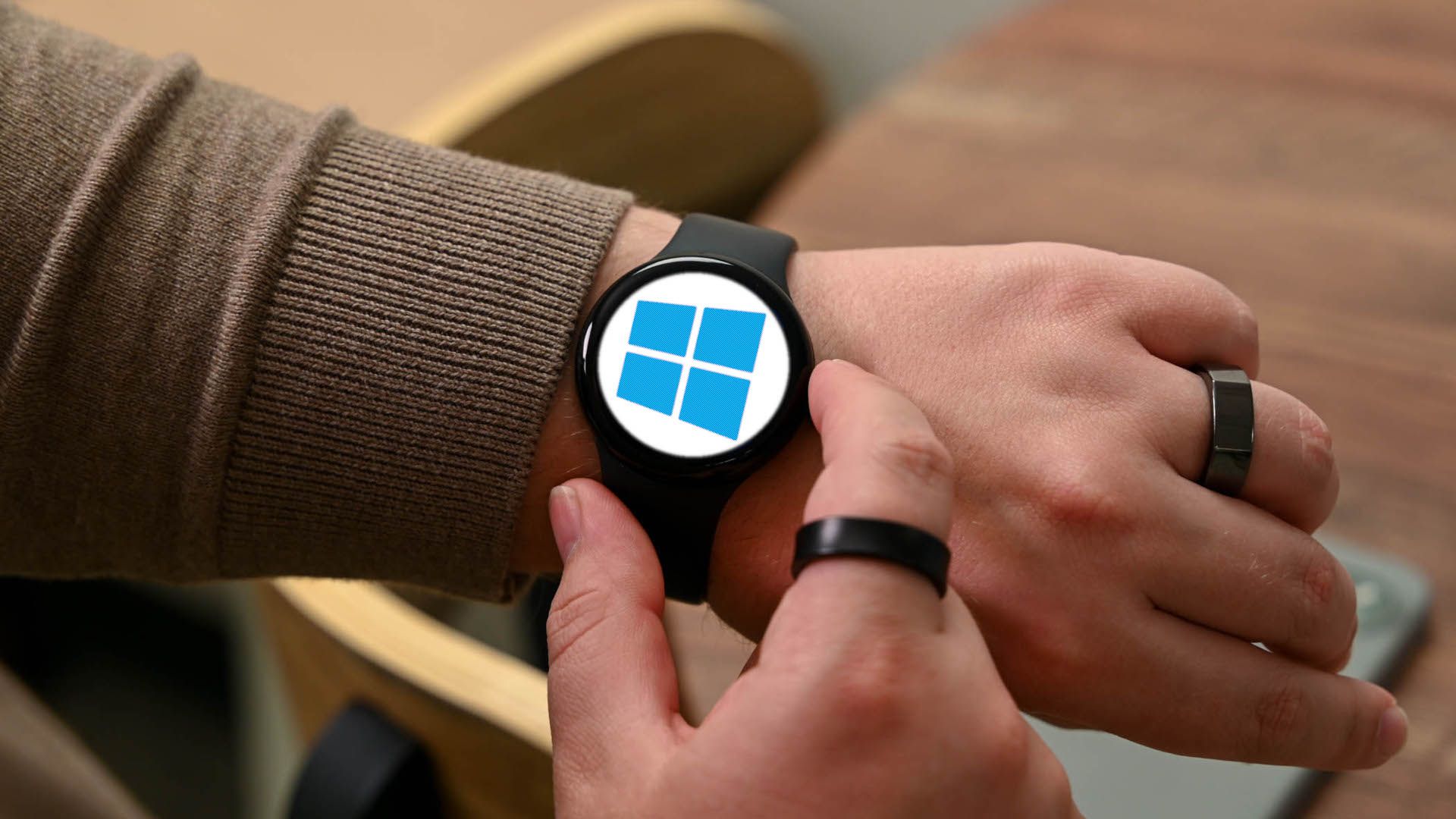Summary
- PhD student boots Windows on a Pixel Watch 3, named project “Windows on ARM.”
- Successfully installed UEFI to allow Windows to boot properly on the smartwatch.
- While not practical, seeing Windows on a smartwatch highlights the potential for modding.
Imagine glancing down at your wrist and seeing the familiar Windows logo. That’s the reality a determined PhD student has brought to life. Gustave Monce, a name you might recognize from his previous exploits, has successfully managed to boot Windows on a Pixel Watch 3. Because he could.
Monce, known for his knack for getting Windows to run on devices it was never intended for, cleverly named this project “Windows on ARM.” As in the arm you wear a watch on, not the semiconductor company. Or, as Monce put it: “ARM as defined by the Cambridge dictionary, not the Cambridge based firm” (ARM is headquartered in Cambridge, United Kingdom).
As you can imagine, the process wasn’t exactly plug-and-play. And while it was announced on April Fools’ Day, it’s completely real. The initial hurdle was installing a Unified Extensible Firmware Interface (UEFI) on the smartwatch. This is a crucial step, as UEFI essentially acts as the intermediary between the hardware and the operating system, allowing it to boot correctly.
With UEFI in place, the next challenge was enabling USB mass-storage mode on the Pixel Watch 3. This allowed Monce to connect the watch to a computer and treat its internal storage as an external drive. This was the key to then loading a Windows Preinstallation Environment (WinPE) image onto the tiny device. WinPE is a lightweight version of Windows similar to a Linux live ISO.
While seeing the Windows interface on a smartwatch is pretty cool (and funny), the functionality is far from what you’d expect from a typical Windows device. You won’t be browsing the web, editing documents, or running your favorite desktop apps on your wrist–if you even wanted to. But that’s not really the point.
Projects like this are a testament to the ingenuity of the hacking and modding community who constantly push the boundaries of what’s possible with devices. Monce’s work shows the unseen potential of modern hardware and software. In reality, the devices we use every day are actually much more powerful than we know.
Related
Fitbit Is Still Holding Me Back From Buying a Pixel Watch
While I may not be a gym rat, fitness tracking is one of the main things I do with my smartwatch. My smartwatch of choice has been a Galaxy Watch for many years, but I’ve tried every version of the Pixel Watch as well. As much as I want to make the switch, the Fitbit integration keeps letting me down.
Mainstream smartwatches often have locked-down software, but there’s always a community of enthusiasts who are interested in pushing the limits. Devices like the Pine64 PineTime, for example, are specifically designed with openness in mind, allowing users to root the device and install alternative operating systems.
While running a full-fledged desktop operating system like Windows on a smartwatch might seem impractical for everyday use, the knowledge gained from such projects is invaluable. It can lead to a deeper understanding of system architecture, driver development, and the challenges of running complex software on resource-constrained devices.
Ultimately, “Windows on ARM” is just a fun project. While you might not be ditching your laptop for a Windows-powered smartwatch anytime soon, it’s a glimpse into the potential for pushing the boundaries. Check out the link below for much more information from Monce about how and why he did it.
Source: Gustave Monce, The Register
Source link
